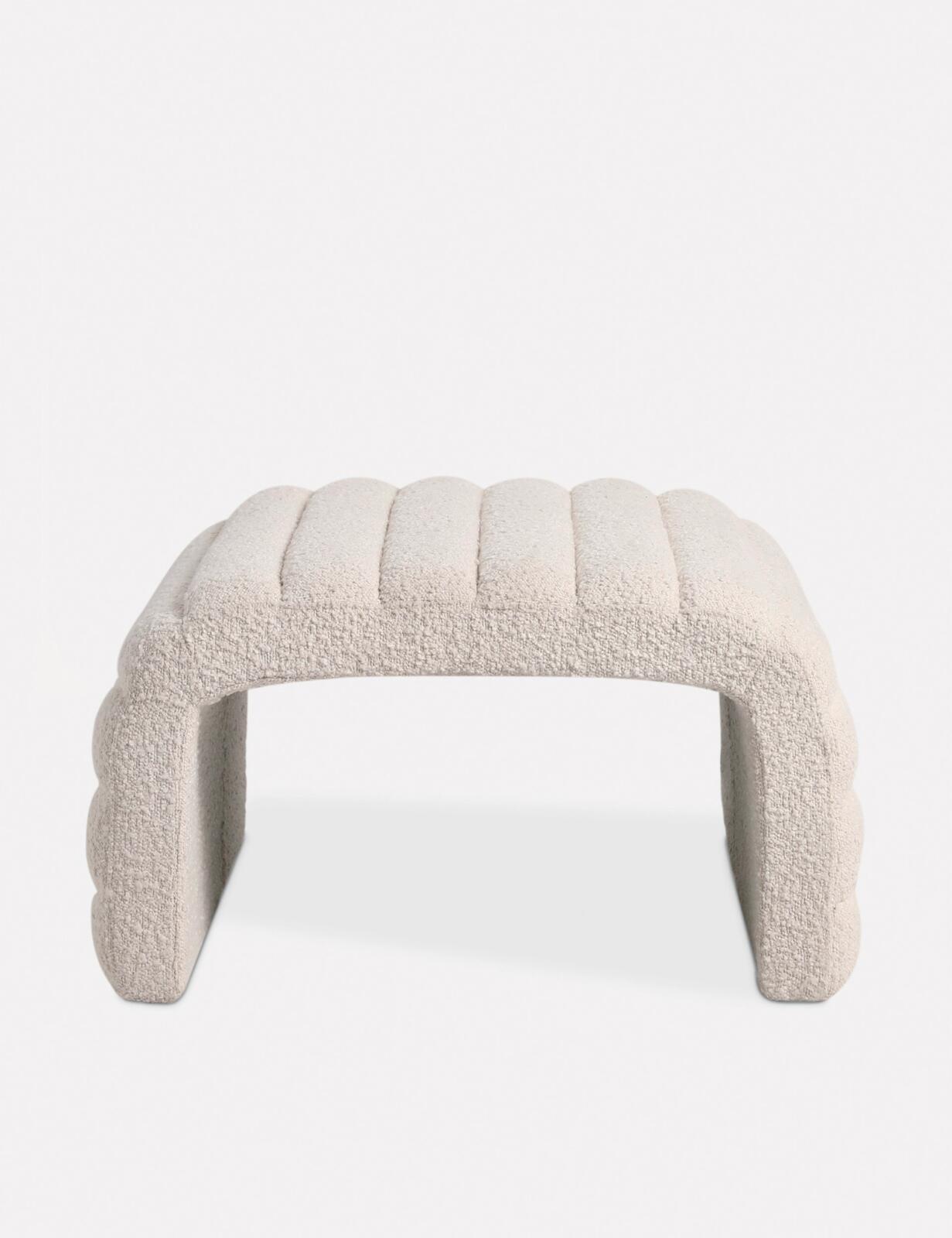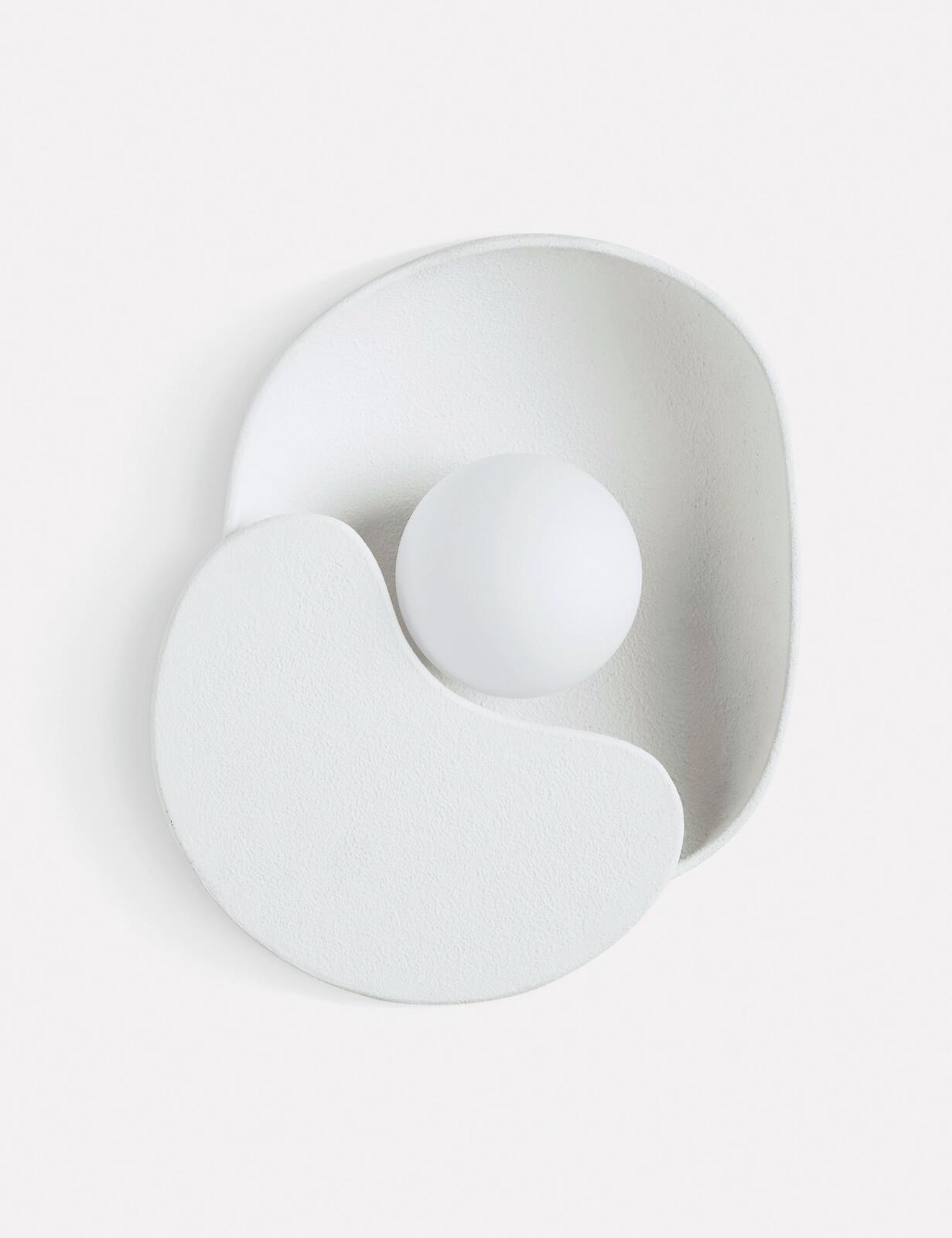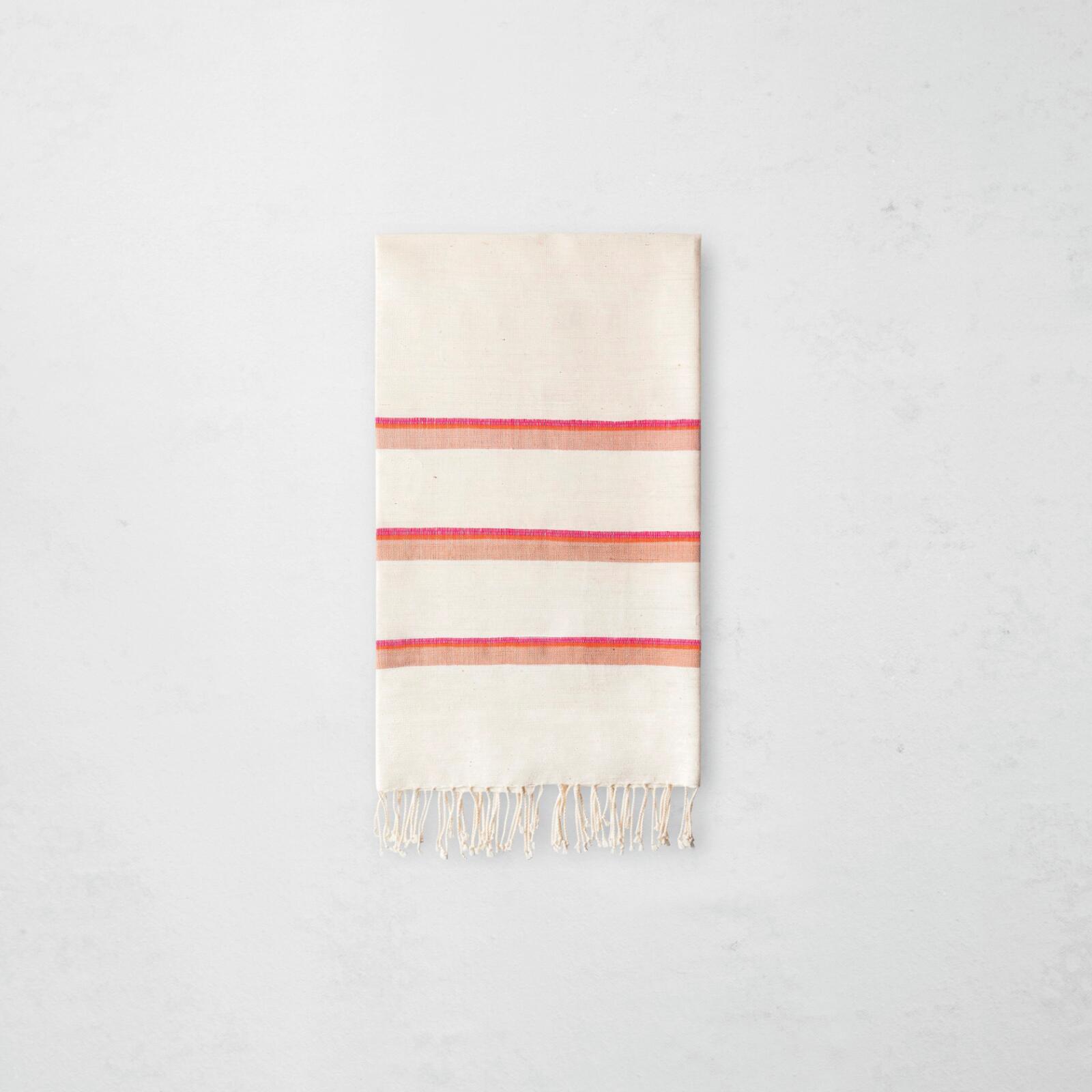Old-World vs. New-World
Old-world wine regions refer to countries—oftentimes in Europe—that have been producing wine for centuries (think France, Italy, Spain, Austria, etc.) while new-world regions are nations that are somewhat new to the wine game (the United States, Argentina, South Africa, New Zealand, etc.). Though people have their preferences, the biggest difference between the two regions is that old-world regions are set in their methods. The wineries have centuries-old regulations that they follow, while the newer regions might tend to be more experimental in their processes.











